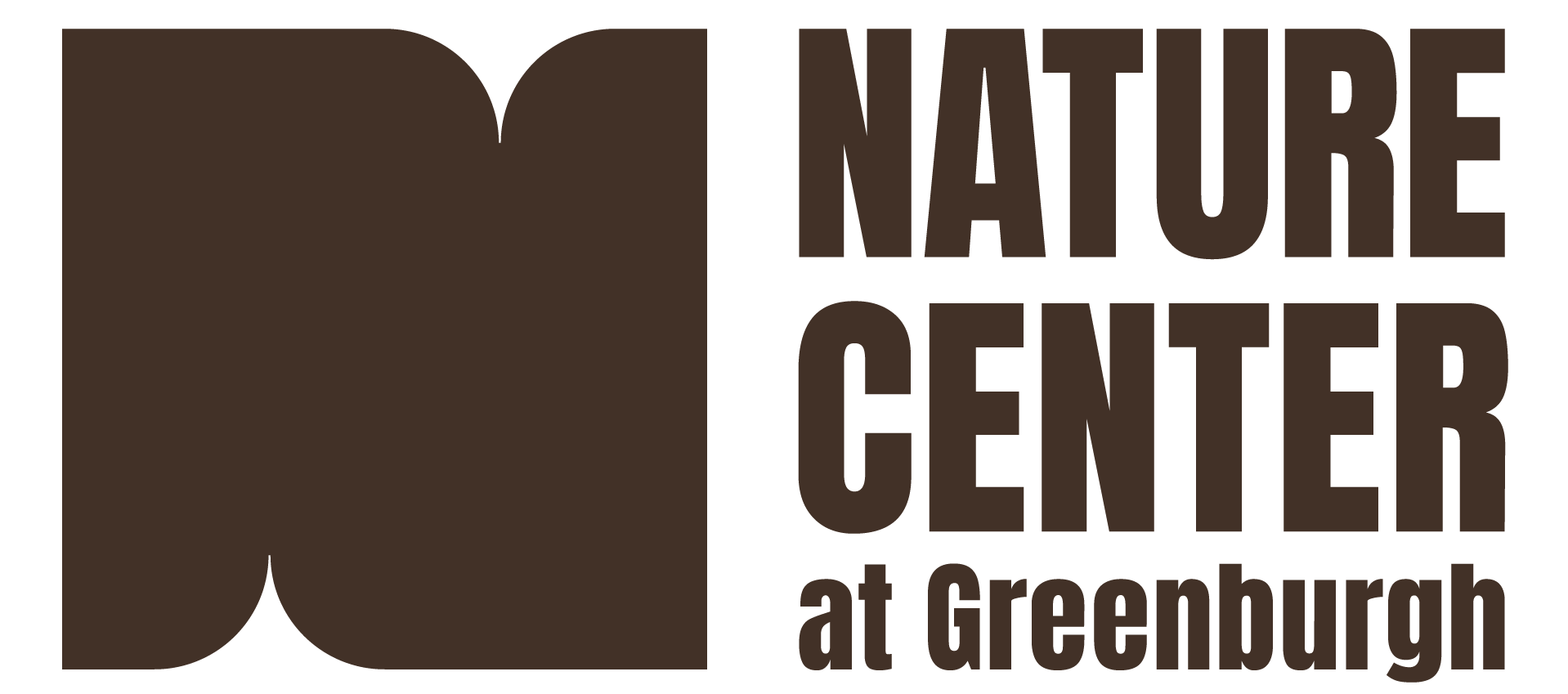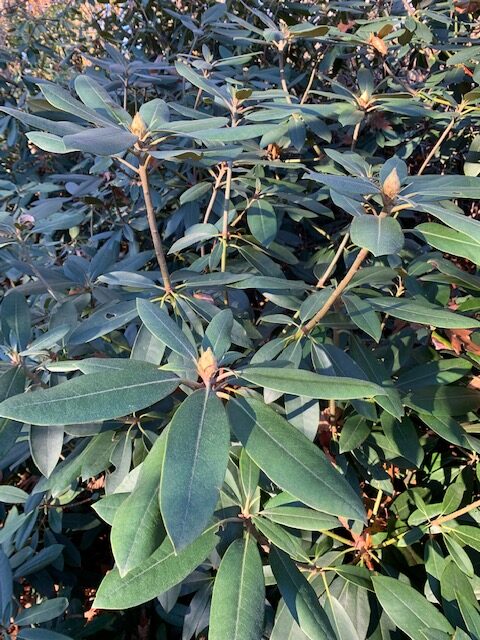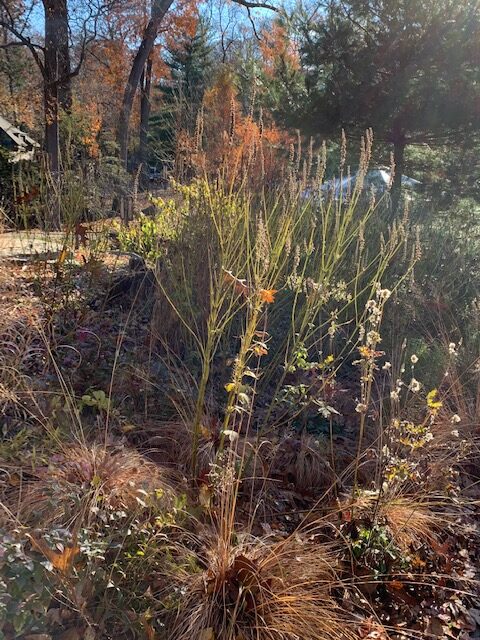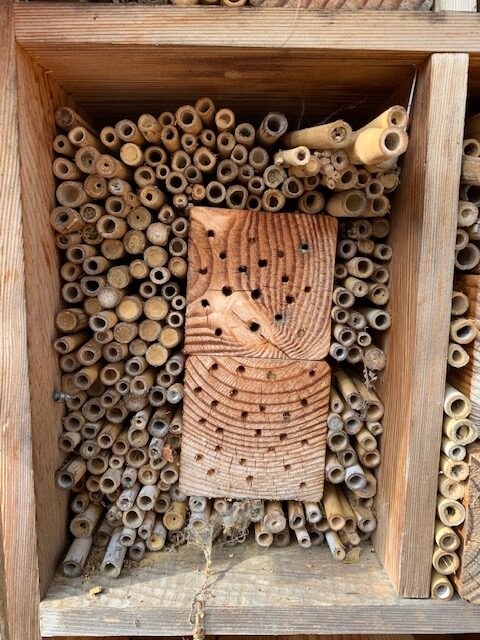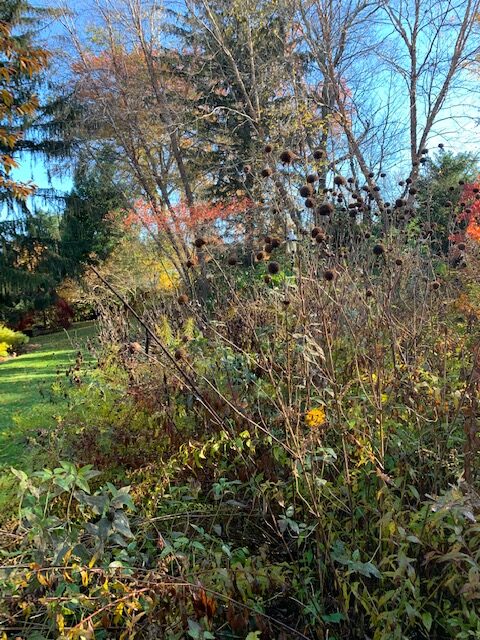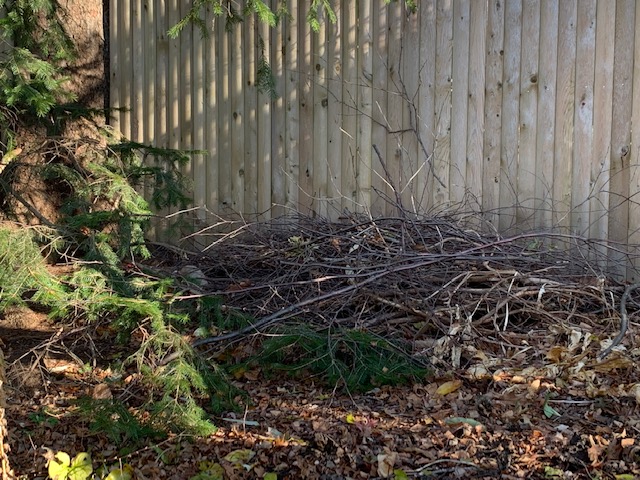Given our recent weather, you may well ask, “why should I care whether a ground cover is green if it’s under a foot of snow”? Fair question!
In our milder winters, when snow comes and goes, evergreen groundcovers do offer structure and winter interest in the garden. And they benefit birds and small mammals, providing cover from predators and shelter from icy winds. But not so with ivy or pachysandra! Both are invasive, non-native plants that must be prevented from running into wooded areas where they smother everything! Fortunately, there are native evergreen groundcovers much better suited to our landscapes and helpful, rather than harmful, to the ecosystem.
We recently described Leucothoe, a native evergreen that can replace pachysandra as a ground cover under trees and shrubs and in wooded areas.
Another evergreen woodland plant we love is Christmas fern (Polystichum acrostichoides). Not truly a groundcover, because it stays in place rather than spreading itself around, Christmas fern can be planted densely to fill in a shady area. Deer won’t eat it, and it’s such a pleasure to see a green fern in the dead of winter.

Perhaps the best known native evergreen groundcover in our region is Creeping Juniper (Juniperis horizontalis). Juniper is a versatile shrub that provides significant value for wildlife year-round. Its dense branches provide good hiding places, and its berries feed the birds. It prefers dry soil and full sun, but it tolerates some shade as long as the soil is well-drained. It spreads at a moderate rate, and effectively suppresses weeds. Juniper is also tough — it handles being buried by snowplow build-up, even with road salt! It’s a good choice for curb-side plantings and along sidewalks and driveways.
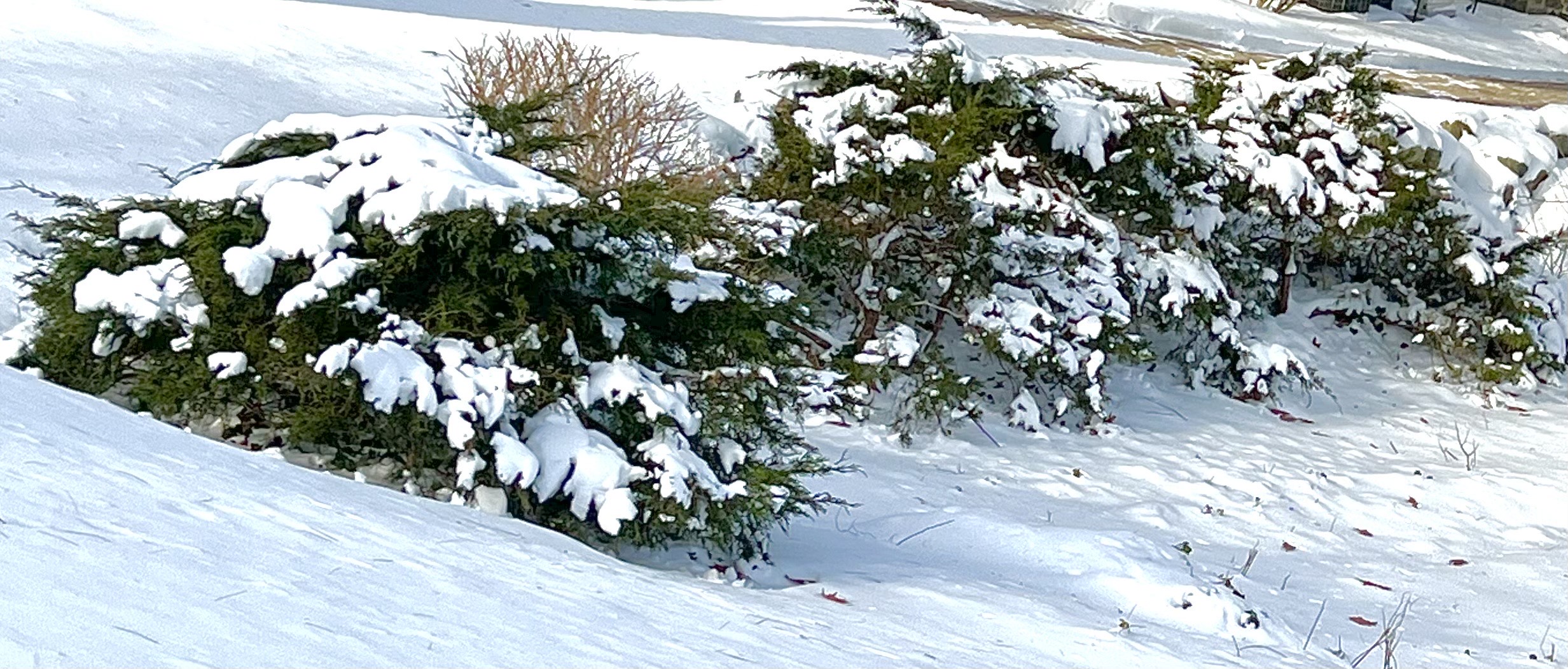
You can see another of our favorite evergreen groundcovers in the foundation planting at the Nature Center’s Manor House. Carex laxiculmis ‘Hobb,’ often sold as ‘Bunny Blue’ sedge, is a great groundcover for shade. It’s maybe more “everblue” than evergreen, so its eye-catching color is striking around and under shrubs, and even under shade trees. It will live happily with dense tree roots and spread itself slowly by short runners that sprout new little plants over time. It holds its blue-green strappy leaves all winter long. You don’t have to cut it back in the spring, but if it looks a bit ragged, you can trim the old leaves before new growth begins. Like most grasses and sedges, it is avoided by deer.
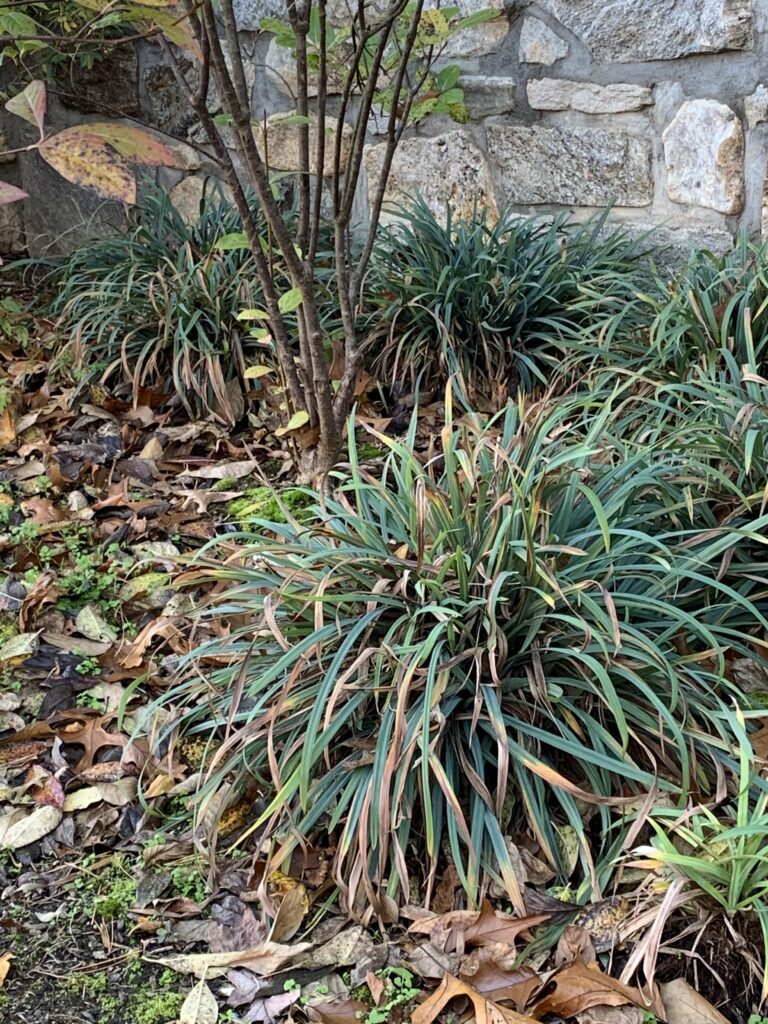
Plant ‘Bunny Blue’ sedge with other native shade-lovers for a mix of textures. When the other plants go dormant in the fall, ‘Bunny Blue’ will hold the spot until they return

For a sunny area, we like Waldsteinia (or Geum) fragaroides, commonly called “Barren Strawberry” because its leaves look similar to strawberry, but it doesn’t bear fruit. Waldsteinia is a deer-resistant evergreen groundcover that likes sunny dry sites and blooms in early spring with bright yellow flowers. It only gets a few inches tall, so it’s great at the front of a flower bed. We planted it last year at the very front of the Nature Center’s new Pollinator Garden. Be sure to come see it bloom this spring!
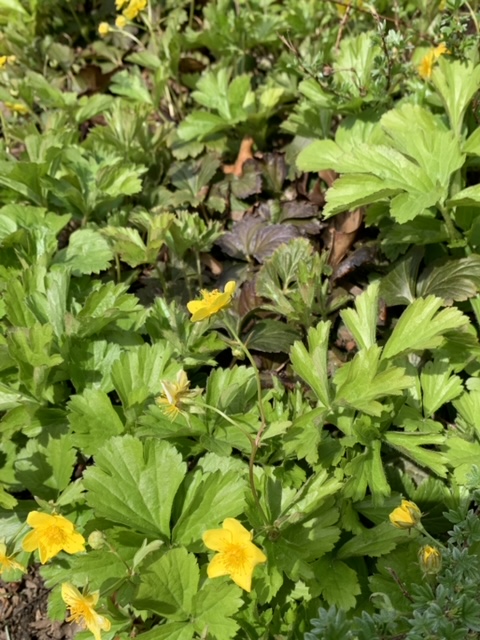
Waldsteinia spreads slowly by shallow runners. Use it around a mailbox or lamp post, or along a sunny path. Snow cover and freezing cold do not bother it, and it is hardy to Zone 4. Its leaves may turn bronze by late winter, but new growth will cover the old in spring and form a weed-suppressing mat. And when April showers bring May flowers, you’ll want to be there.
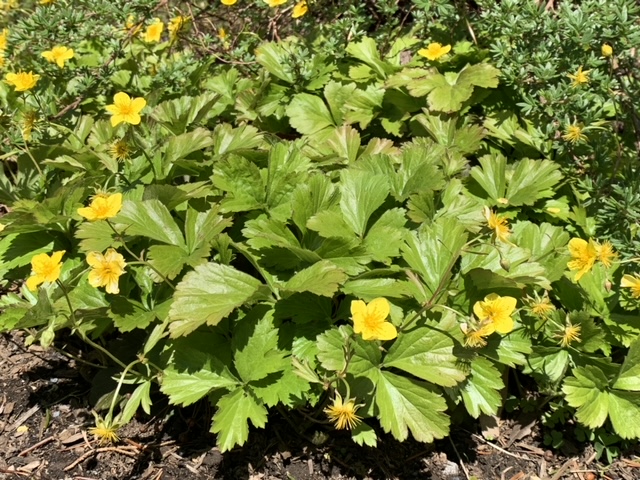
This blog is authored weekly by Cathy Ludden, conservationist and native plant educator; and Board Member, Greenburgh Nature Center. Follow Cathy on Instagram for more photos and gardening tips @cathyludden.
